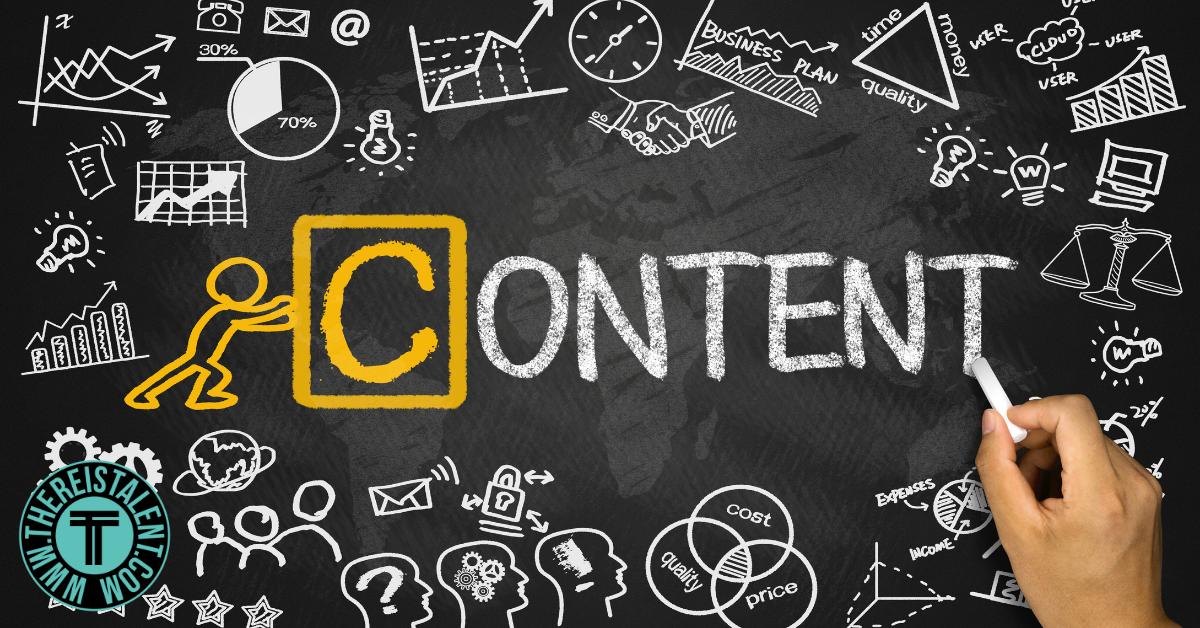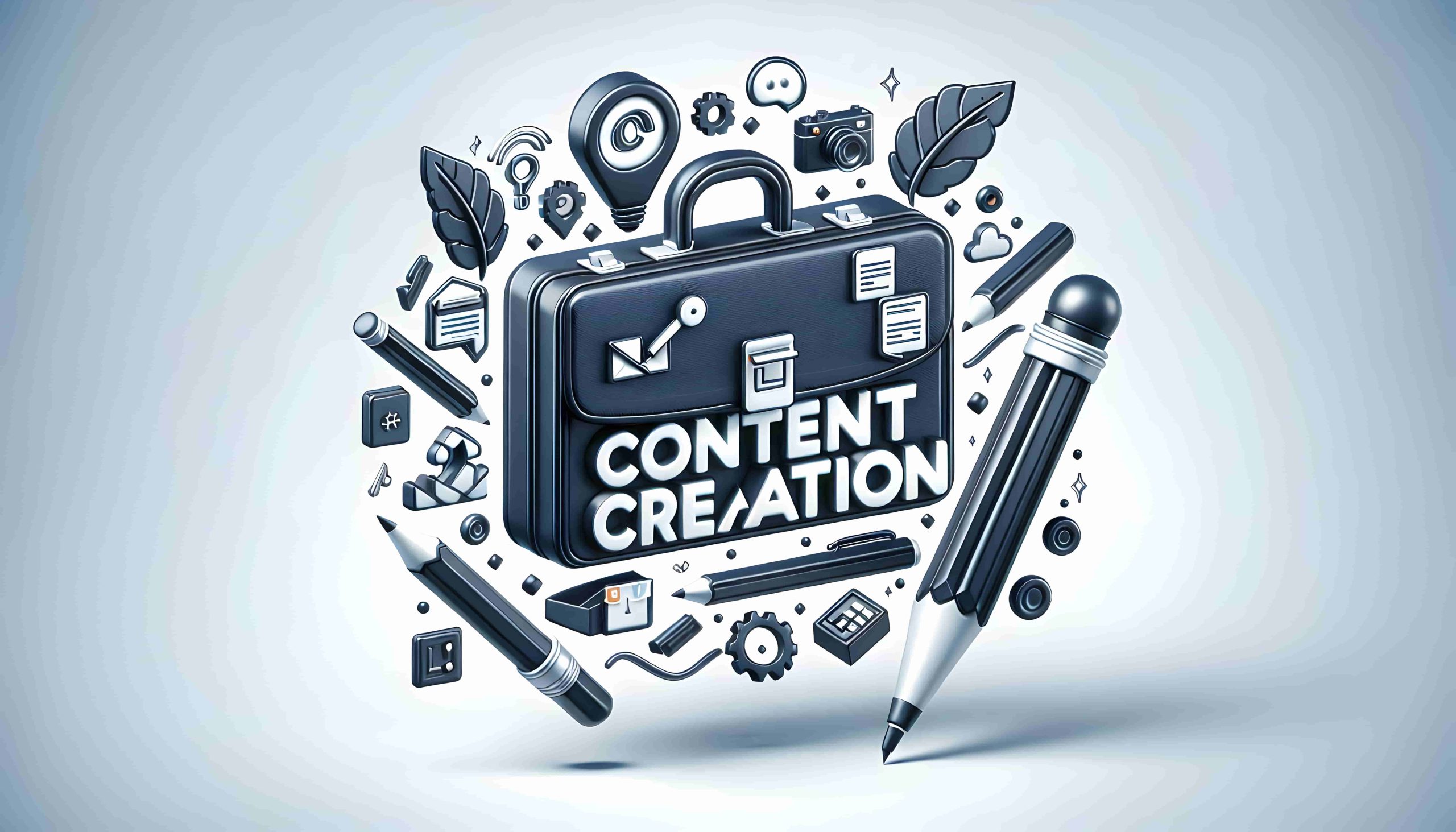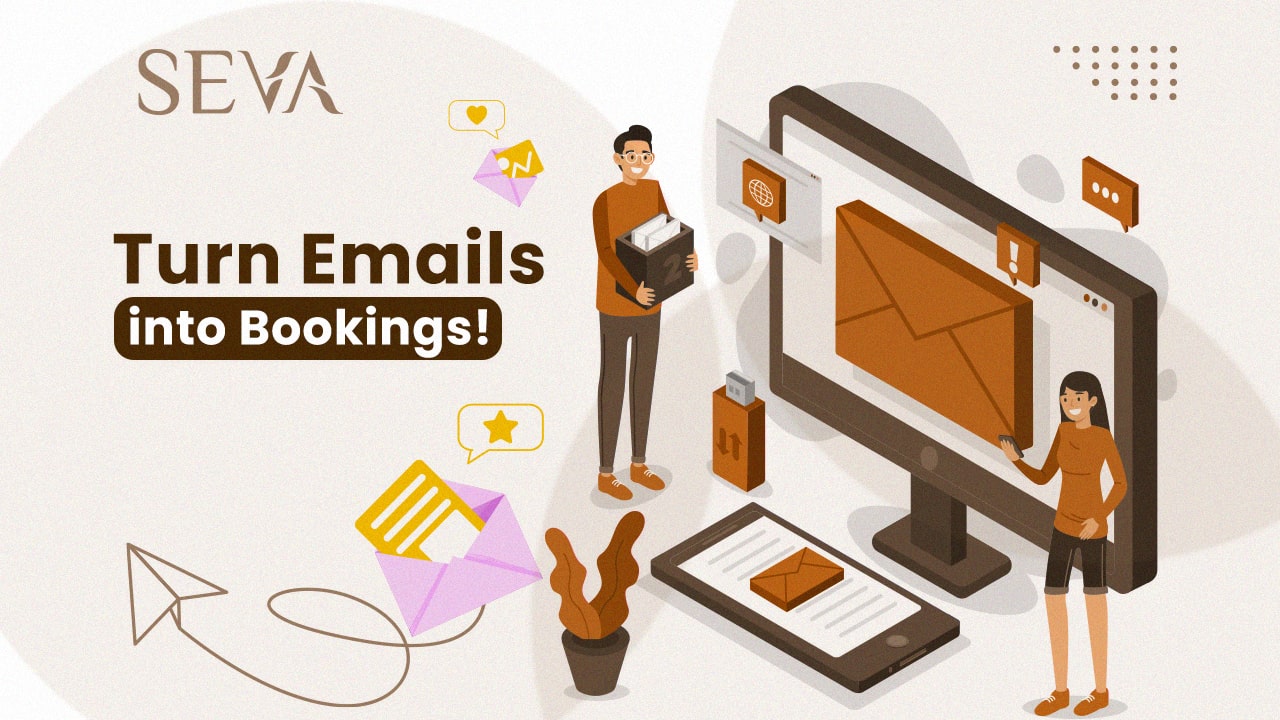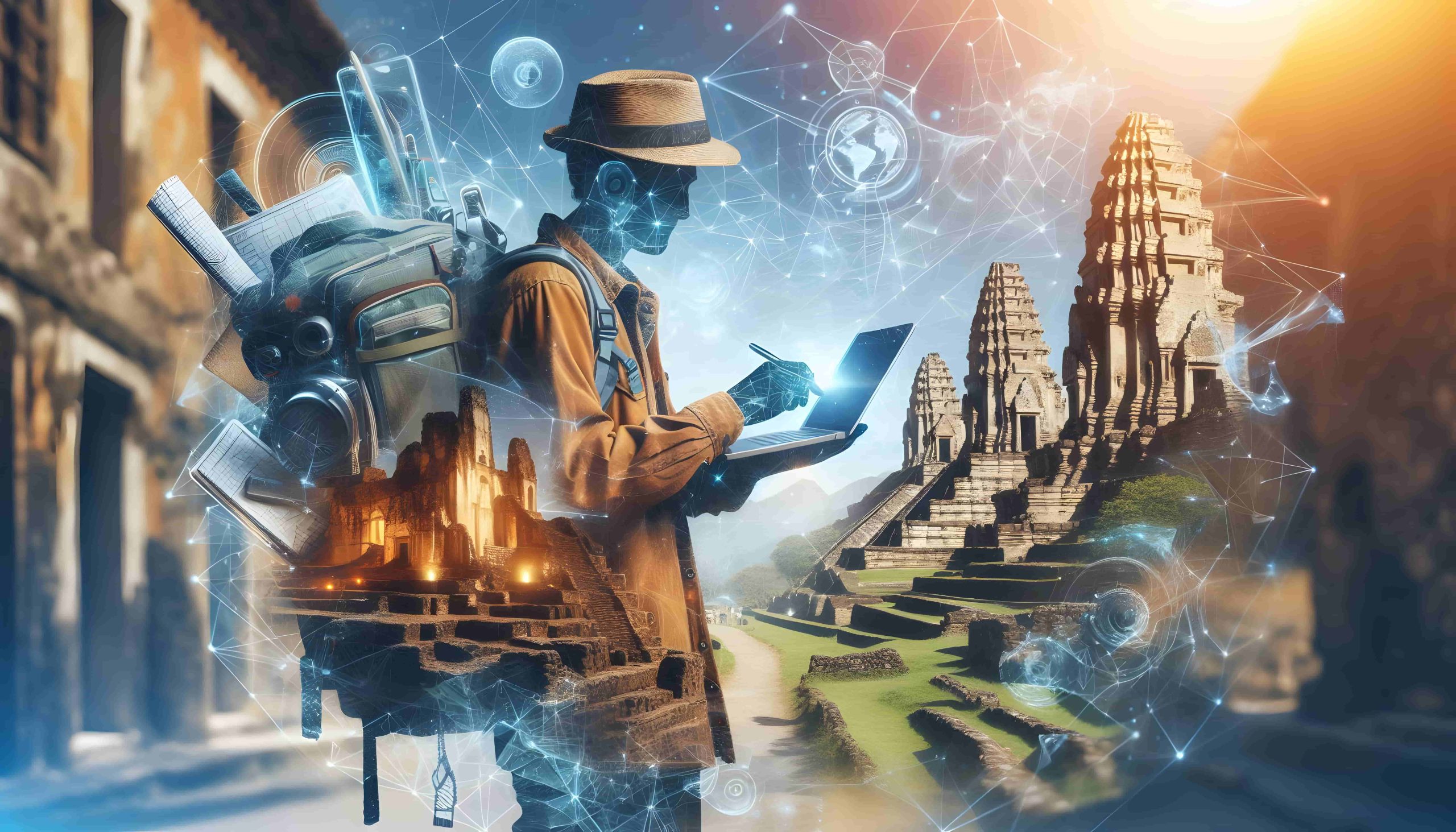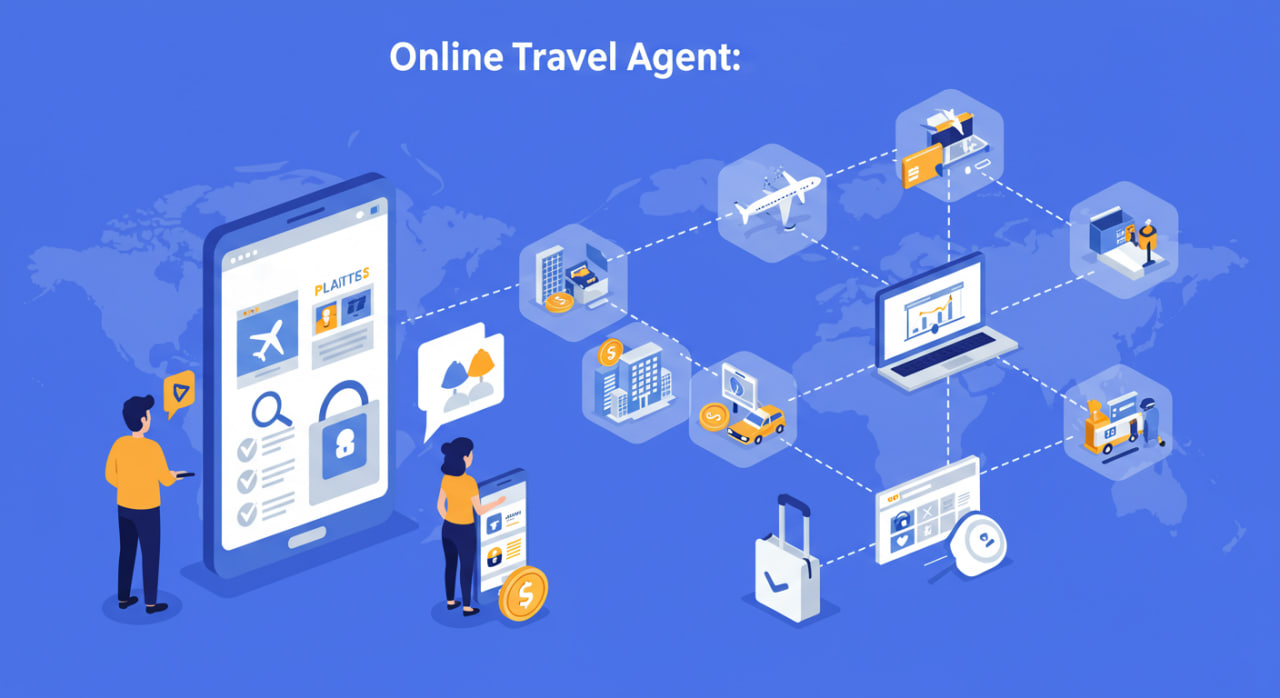As the global tourism industry becomes increasingly diverse, effective communication across languages is essential. AI tools are transforming how we bridge language barriers, enhancing both the tourist experience and the marketing strategies of destinations and businesses. Here’s a closer look at how these tools significantly impact multilingual content creation in the tourism sector.
Real-Time Translation Tools
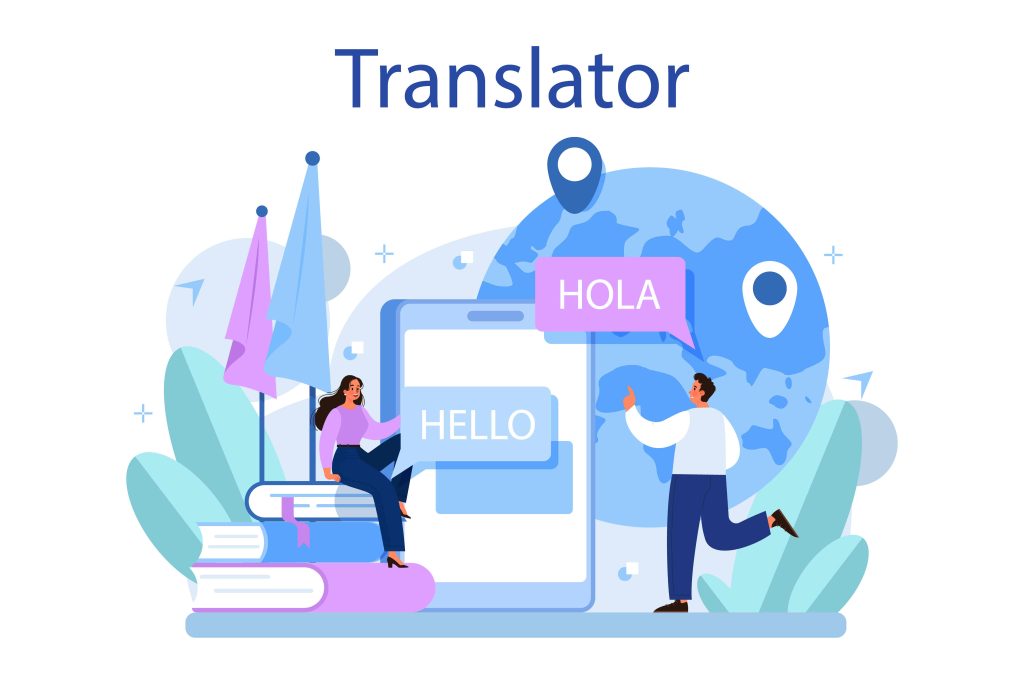
AI-powered translation services, such as Google Translate and Deeply, have made significant advancements, enabling tourists to communicate instantly in various languages. Key benefits include seamless travel experiences, allowing tourists to navigate foreign countries with ease by translating road signs, menus, and conversational phrases in real time. Modern AI translation tools also consider cultural nuances and contexts, ensuring that translations do not offend or confuse travelers. Additionally, tools like translate and Microsoft Translator offer real-time speech-to-speech translation, particularly useful in multilingual regions.
Multilingual Chatbots
AI chatbots are now equipped to manage queries in multiple languages, providing round-the-clock support for tourism businesses, including hotels, airlines, and travel agencies. These chatbots offer instant support, allowing tourists to ask questions, make bookings, or seek travel advice in their native language at any time. By recognizing user preferences, these bots deliver personalized customer experiences, providing tailored recommendations from local attractions to dining options. AI chatbots also enable tourism businesses to serve a global audience without requiring a multilingual staff
Content Localization

AI-driven localization platforms, such as Smarting and Localize, assist tourism businesses in translating and adapting content—like websites and marketing materials—for various regions. This process involves cultural sensitivity, as AI tools adjust content to resonate culturally and linguistically with target audiences. Efficiency is another advantage, as automation of the translation process reduces the time and costs typically associated with manual translations. Furthermore, AI maintains uniform messaging across various platforms and languages, ensuring a cohesive global brand voice.
Sentiment Analysis for Diverse Audiences
Understanding tourist sentiment in real-time across multiple languages is vital for improving service quality and marketing strategies. AI-based sentiment analysis tools analyze reviews and feedback using platforms like Monkey Learn, which can scan reviews from global travelers in their native languages, providing insights that help tourism businesses enhance their offerings. These AI tools also monitor social media, tracking and analyzing multilingual conversations, allowing tourism boards and businesses to adjust their marketing efforts based on public sentiment.
Personalized Content Recommendations
AI systems analyze traveler data to deliver customized content recommendations in their preferred language. Examples include curating travel itineraries with AI tools like TripAdvisor’s personalized suggestions, which recommend experiences tailored to a traveler’s preferences in various languages. Targeted marketing is another application, as AI segments global audiences and delivers personalized ads or promotions in their native languages, improving engagement and conversion rates.
Voice Search and AI Assistants
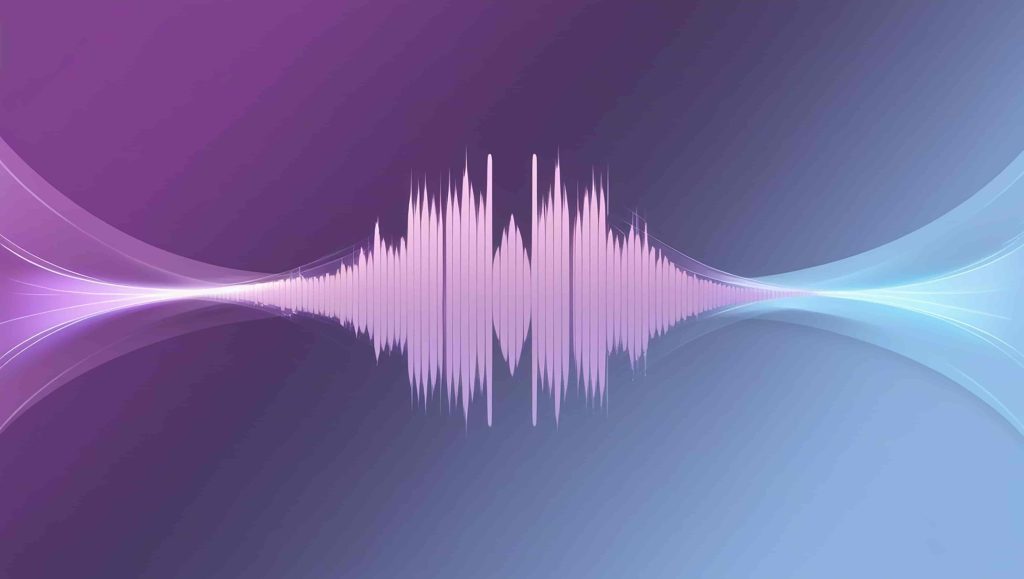
AI voice assistants like Google Assistant, Siri, and Alexa are becoming integral to the tourism experience, allowing users to search for travel-related information using voice commands in their language. Tourists can use voice commands to search for nearby restaurants, attractions, or accommodations in their preferred language. Additionally, voice assistants can manage bookings, set reminders for flights, and provide real-time travel updates in a multilingual format.
Interactive Guides and AR Translation
The combination of Augmented Reality (AR) and AI allows tourists to access interactive multilingual guides. Tourists can use apps like Google Lens to translate signs, museum exhibits, or information boards in real time by pointing their smartphones at the text. AI-powered AR guides provide personalized information about tourist attractions in different languages, enhancing cultural understanding and engagement.
Conclusion
AI tools for multilingual content are revolutionizing global tourism by facilitating communication, enhancing customer experiences, and streamlining marketing efforts. By integrating these technologies, the tourism industry can effectively cater to a diverse global audience, ensuring that language barriers no longer hinder the exploration of the world.

 Telegram
Telegram Whatsapp
Whatsapp Messenger
Messenger





